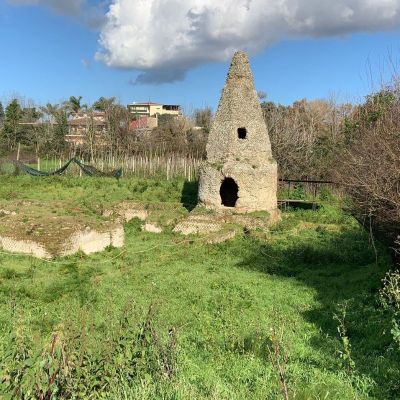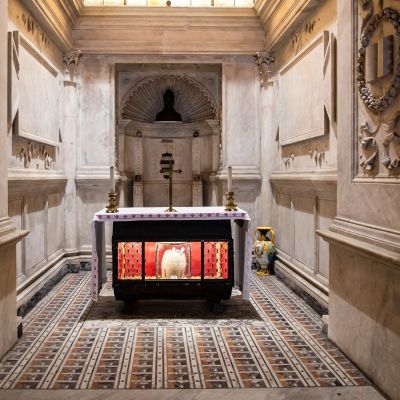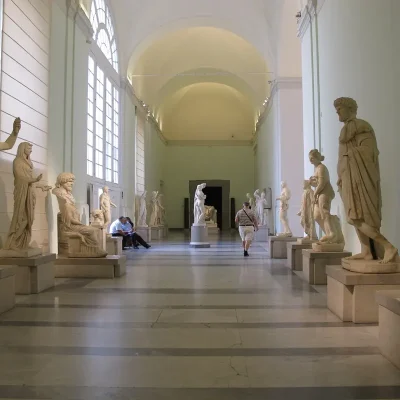The journey from Naples to Sorrento is one of the most scenic drives in Italy, offering breathtaking views of the Tyrrhenian Sea and the picturesque landscapes of the Campania region. This route is a favorite among tourists who wish to experience the beauty of the Italian coastline while traveling to one of the country’s most charming towns. Driving from Naples to Sorrento allows for flexibility and the opportunity to soak in the stunning vistas at your own pace, making it an adventure in itself.
Preparing for the Journey
Before embarking on this scenic drive, it’s essential to arrange for a suitable vehicle. Naples offers a variety of car rental services, with options ranging from compact cars perfect for navigating narrow streets to more luxurious models for a comfortable journey. When selecting a car, consider the size, fuel efficiency, and comfort, especially if you plan to explore the Amalfi Coast further.
Driving in Italy requires a valid driver’s license from your country of residence, and if it’s not in Italian, an International Driving Permit (IDP) is also necessary. Ensure you have all required documents and insurance coverage before starting your journey. It’s also wise to familiarize yourself with local driving laws and customs to ensure a smooth trip.
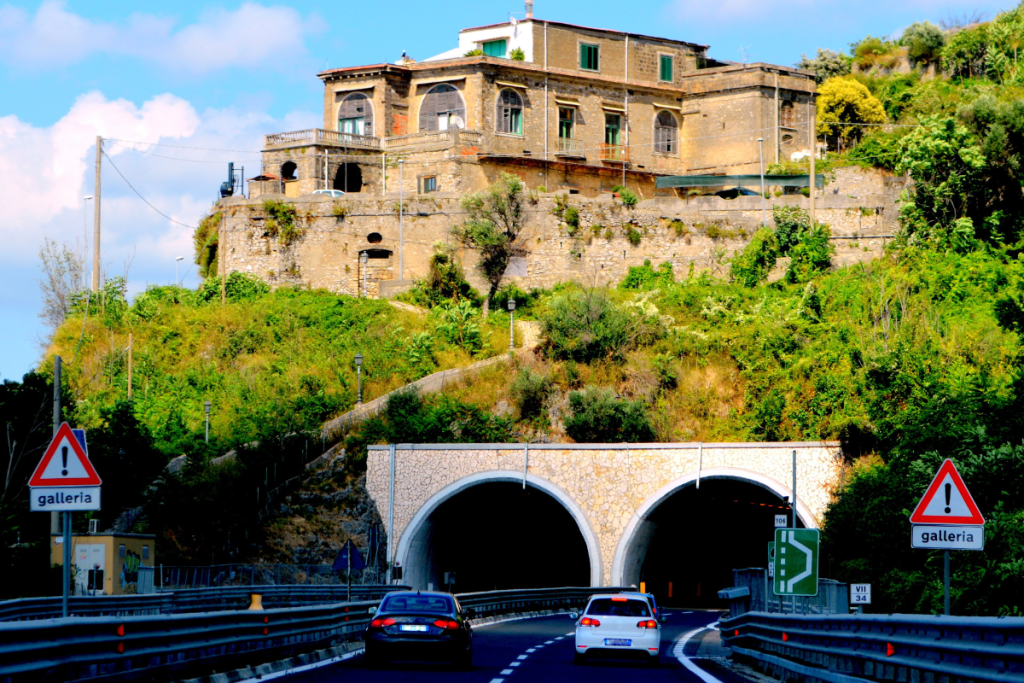
The Route: Naples to Sorrento
The drive from Naples to Sorrento is approximately 50 kilometers and, under normal traffic conditions, should take about an hour. Starting from Naples, you will head south on the A3 highway, following signs for the Sorrentine Peninsula. This part of the journey offers glimpses of Mount Vesuvius and the Bay of Naples.
After exiting the A
3 at Castellammare di Stabia, the route becomes more scenic as you approach the Sorrentine Peninsula. The road winds along the coast, offering stunning views of the sea and the surrounding hills. You might want to stop at Vico Equense or Meta for breathtaking panoramic views.
As you approach Sorrento, the road narrows and meanders through charming villages and lemon groves, a characteristic feature of this region. Keep an eye out for local landmarks like the Church of Santa Maria del Lauro in Meta and the ancient towers dotting the coastline, reminders of the area’s rich history.
Navigating Traffic and Road Conditions
Traffic in Naples can be hectic, especially during peak hours, so it’s advisable to start your journey early in the morning or later in the afternoon to avoid congestion. The roads along the coast can be narrow and winding, requiring careful navigation. Patience and attentiveness are key while driving in this area.
Summer months bring in more tourists, which can lead to heavier traffic along the coastal road. It’s important to stay updated on local traffic conditions and be prepared for occasional delays, especially near popular tourist spots.
Parking and Logistics in Sorrento
Upon reaching Sorrento, finding parking can be a challenge, especially during the high season. It’s advisable to research parking options in advance. There are several paid parking lots and garages around the town, which are convenient and secure options. Some hotels in Sorrento also offer parking facilities, which can be a convenient option if you’re staying overnight.
Be mindful of parking regulations in Sorrento to avoid fines. Most areas have designated parking zones with color-coded lines indicating different parking rules.
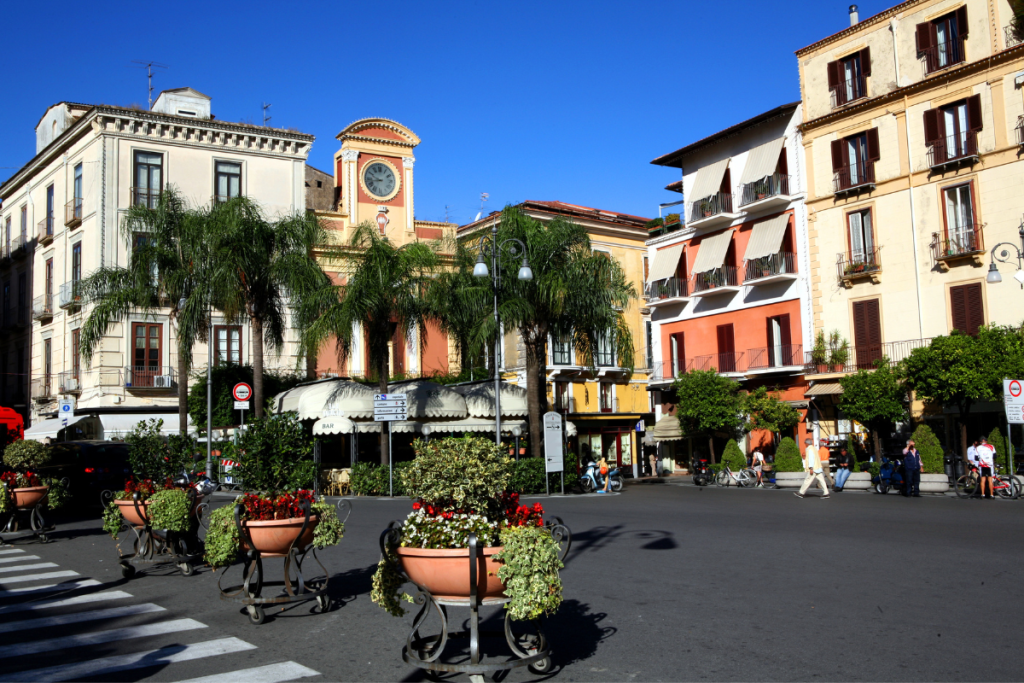
Exploring Sorrento After Arrival
Sorrento, with its charming streets, vibrant piazzas, and stunning views of the Bay of Naples, is a delight to explore. After parking your car, take a stroll along the Marina Grande, visit the historic Piazza Tasso, and indulge in the local cuisine at one of the many fine restaurants. Sorrento is also famous for its limoncello, a must-try while in town.
Conclusion
The drive from Naples to Sorrento is more than just a journey; it’s an experience that offers a glimpse into the heart of Italy’s scenic beauty and cultural richness. Whether you’re a seasoned traveler or a first-time visitor, this drive promises an unforgettable adventure through some of Italy’s most picturesque landscapes. So, rent a car, hit the road, and let the breathtaking views of the Campania region enchant you on your way to the charming town of Sorrento.



